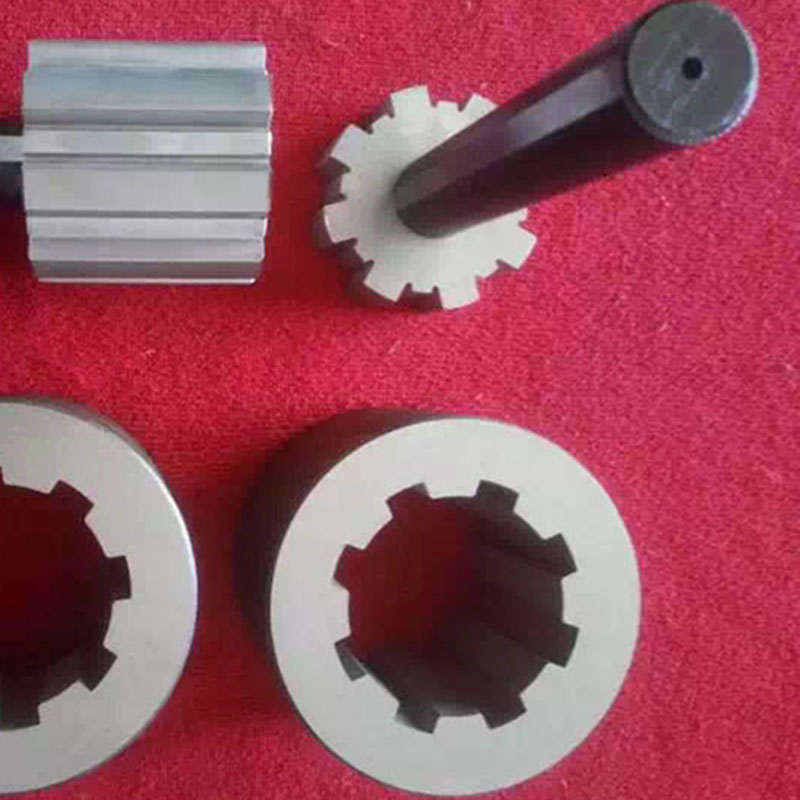Nov . 02, 2024 03:26 Back to list
differential gauge
Understanding Differential Gauge A Comprehensive Overview
Differential gauges are essential instruments in the field of measurement and engineering, used primarily for assessing pressure differences within various systems. Their primary function is to compare the pressure at two different points and provide a measurement that reflects the differential pressure, which is crucial for monitoring, control, and safety purposes in numerous applications across industries.
At its core, a differential gauge consists of two pressure sensing elements, which could be connected to two separate points in a system where pressure measurement is required. These points might include pipelines, tanks, or any other system where understanding pressure variation is critical. By measuring the pressure at these two locations, the gauge calculates the difference, delivering a clear indication of how pressure changes in the system. This can be especially important in processes like fluid dynamics, HVAC systems, and in the management of chemical reactions.
One of the prominent advantages of using a differential gauge is its ability to provide precise readings even in challenging environments. For instance, in a manufacturing setup where fluids are constantly moving and pressures fluctuate, a differential gauge can help detect any abnormalities that might indicate a potential failure in the system. This early warning can be invaluable, preventing costly downtime and maintaining operational efficiency.
differential gauge

Differential gauges can operate using various technologies, including mechanical, electronic, and digital methods. Mechanical gauges often rely on a Bourdon tube that bends and moves a needle according to the pressure difference. In contrast, electronic gauges convert pressure signals into electrical signals, which can then be displayed on a digital screen. These electronic versions often offer enhanced accuracy, data logging capabilities, and even remote monitoring options, thus providing versatility in modern applications.
Moreover, the calibration of a differential gauge is critical to ensure accuracy. Regular calibration against known standards is necessary to account for changes over time due to wear and seepage within the system. A well-maintained differential gauge can provide confidence in the measurements, thereby supporting better decision-making processes.
In summary, differential gauges are indispensable tools in industries that require precise pressure monitoring. Their ability to measure pressure differences ensures the efficient operation of systems while maintaining safety protocols. As technology continues to evolve, differential gauges will likely feature even more advanced functionalities, further solidifying their role in modern engineering and process management. Understanding the workings and applications of these gauges is essential for professionals involved in maintaining optimal operational standards across various industries.
-
thread-plug-gauge-our-promise-of-measurement-excellenceNewsAug.22,2025
-
gauge-pin-class-reflecting-quality-legacyNewsAug.22,2025
-
check-valve-types-for-high-rise-buildingsNewsAug.22,2025
-
water-control-valve-for-irrigation-systemsNewsAug.22,2025
-
gate-valve-with-soft-seal-technologyNewsAug.22,2025
-
y-type-strainer-for-oil-and-gas-applicationsNewsAug.22,2025
Related PRODUCTS









